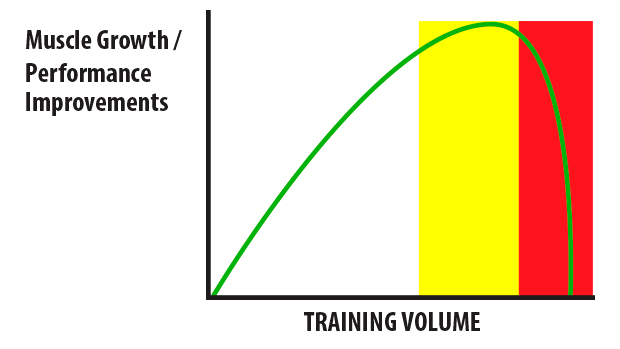I bet you asked yourself the “how many sets should I do?” question a bunch of times. There’s no straight answer to this question, or better said the most appropriate one is “it depends”. I know it sounds cliché, but that’s how it really works. The most appropriate answer always depends on what your goal is.
In this example not only will I provide you with the most reasonable answer, but I will also break down the logic behind it; and of course I cannot start without defining what the expected goal is. Generally, when we workout in the gym, we want to maximize our body recomposition. In plain english, we want to tone up, build a little bit of muscle without getting bulky and reduce our body fat. Pretty straightforward, right? Let’s see what we need to achieve this!
Functional patterns instead of muscular groups
Personally, I like to think of splitting workout routines in terms of functional patterns rather than muscular groups; the reason is simple: our body functions as a whole and it moves according to a set of predefined “movement patterns”. Rarely do we activate one muscle at a time (chest, back, biceps…). Moreover, compound functional movements such as squats, deadlift etc. enhance proper range of motion when compared to traditional machine weight lifting such as leg or chest press. So, becoming stronger and more mobile around these patterns guarantees strength transfer towards all the other movements your body does in your day to day life, including sports!
As a quick reminder, here are the 7 functional patterns our body primarily moves according to:
- push/press – pushing the weight away from our body, either horizontally or vertically
- pull – pulling weights towards us, either vertically or horizontally
- hinge – literally hinging at hip level
- squat – we all know what squatting is 🙂
- lunge – lunging as well
- carry – walking carrying weight around
- rotate – moving in different planes of motion
Sets and reps ranges
Sets and reps represent the two main variables of a training regimen, a.k.a training volume. The other main component is intensity.
If you are familiar with the concept of 1RM (a.k.a. “one rep max”, which is the maximum amount of weight you can lift for one single rep), intensity is generally expressed in terms of a percentage of 1RM. So your 1RM is 100% of your maximum lifting capacity and you should aim to train your muscle around 80/85% of your 1RM. But here comes the problem: how many reps can you do at 80% of your maximum lifting effort? Generally no more than 4 or 5. So in order to extend the reps range we have to diminish the intensity, hence lowering our load to say 70%. Here we can maybe shoot for 8 to 10 reps. From this point we can define the following reps ranges:
- up to 6 reps: high intensity, heavy weight, low rep range –> STRENGTH
- from 6 to 12: medium intensity (close to 80%), medium to heavy weight, medium rep range –> HYPERTROPHY
- from 12 to 16: low intensity, light weights, high rep range –> ENDURANCE
Needless to say we need to train all of these ranges to maximize performances and ensure an optimal muscular growth. With this said, what is the optimal number of reps? Technically, more reps yield more muscle growth. Up to a certain extent though:

The acceptable weekly volume of sets per each functional pattern is from 15 to 25, with 20 being the sweet spot. Higher volume than 25 sets doesn’t provide any further benefit. So how do we design our weekly program to meet this requirement?
Weekly workouts programming
The answer is multifrequency; this approach aims to train the same functional pattern multiple times per week, with different training parameters and in different variations to maximize muscular response. Let’s take the hip hinge as an example: how do we design our week to train this pattern?
Here’s an example, splitting the entire weekly volume in 3 sessions:
- session #1:
- deadlift 4×5
- box jumps 3×8
- session #2:
- hip trust 4×6
- single leg RDL 3×10
- session #3:
- KB swing 3×16
- staggered stance DB deadlift 3×12
With this example, we have trained our hip hinge functional pattern with 20 sets on a weekly basis, spanning from a minimum of 5 reps (pure strength range) to a high reps range (pure endurance), where the most volume was in the mid reps range (hypertrophy). An approach like this one provides the best results because it trains the muscles in all of their metabolic stages, providing the best metabolic adaptations.
Conclusions
Fitness is a fairly exact science and even if there is room for improvisation, best results arrive with a solid approach. Knowing what your goals are and what you are training for will give you direction, but the right guidance is what will get you to destination. Knowing how many sets you should do and in what ranges largely depends on what you are trying to achieve, but on the other side 90% of the knowledge resides in what you just read.
Train responsibly!
